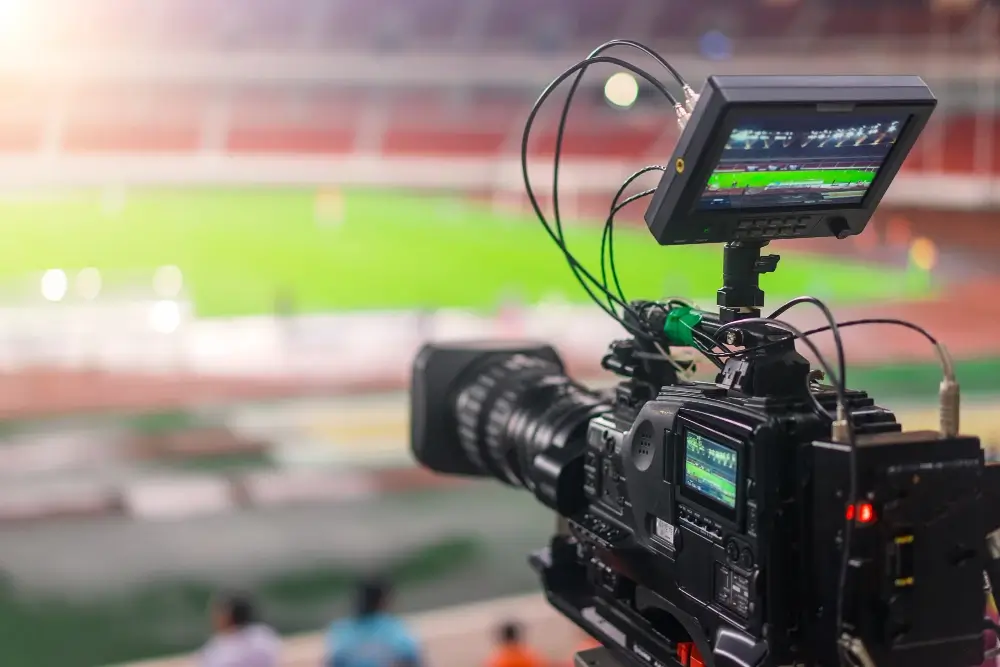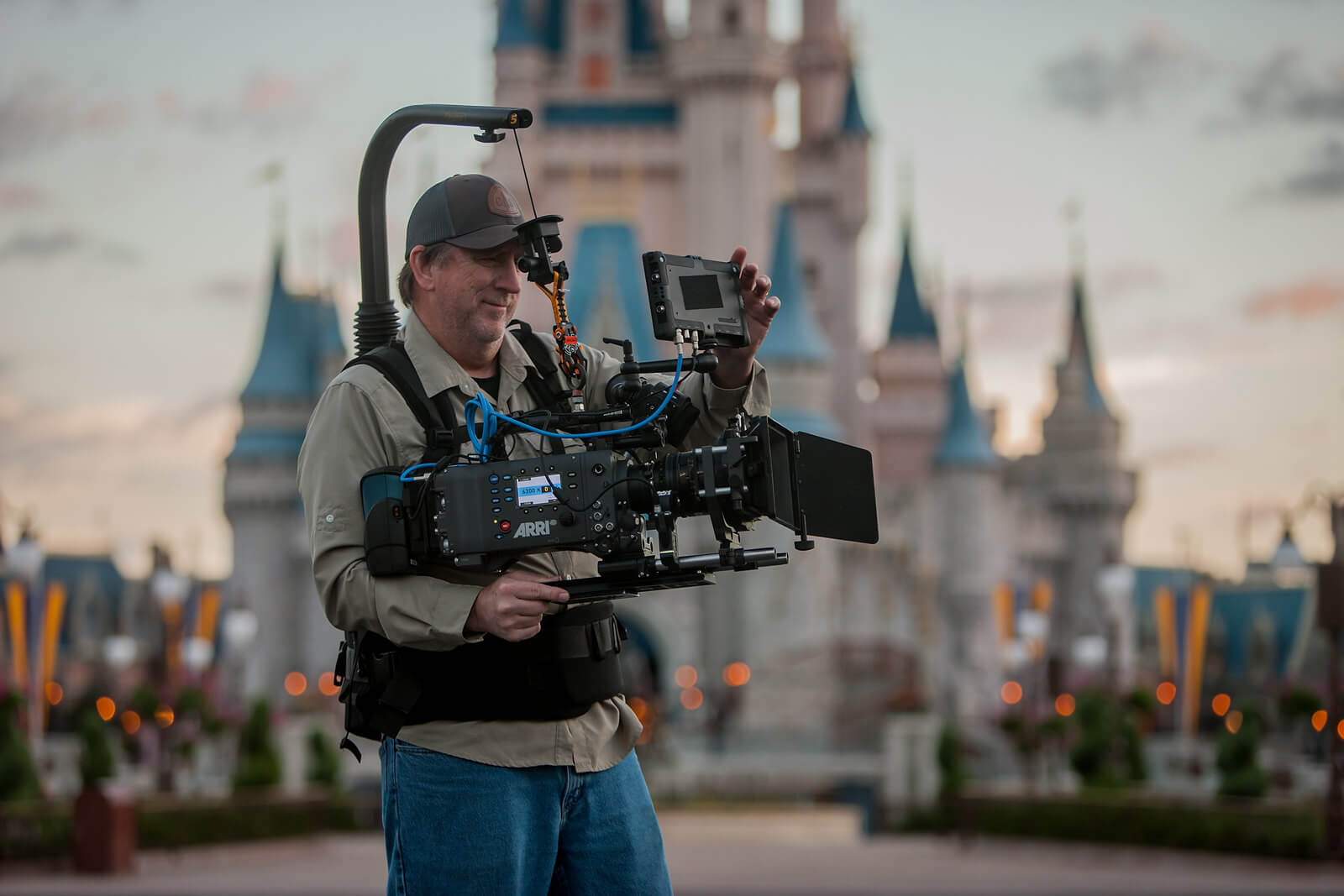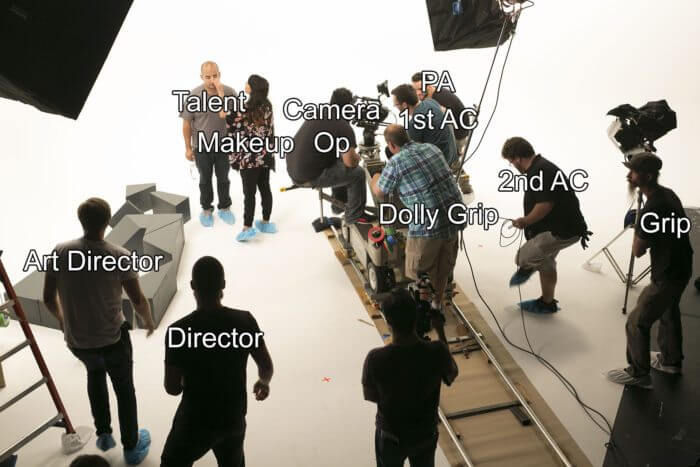What Is a Sports Production Truck?
This vehicle is the main place for producing live sports, so it is the focal point for organizations handling such events.
Usually, you will find these trucks in front of stadiums, arenas, or event locations, fully fitted with the most advanced gear for broadcasting, talking, and making events. There are many control panels, monitors, servers, and editing stations located inside the station.
Using their mobile setup, broadcast teams can handle everything related to a live event, including choosing shots, playing slow-motion replays, and live commentary.
It is thanks to the innovation inside a sports production truck that millions of at-home viewers get continuous coverage of sporting events. An equipment lineup used for national NFL games is different from one set up for high school playoff matches, fitting the needs of sports coverage.
People watching sports these days hope for top-quality coverage with many views, multiple replays, and eye-catching graphics. Such technology is achieved because everyone on the team inside the sports production truck is working together.
Because they have several satellite feeds, fiber connections, and switchers, they work as mobile control rooms that make every moment and every action available to fans simultaneously.
Key Roles Inside an NFL Sports Production Truck
Behind every crisp sideline angle and smooth transition between plays lies a tightly knit team working inside the sports production truck. In NFL broadcasts especially, each crew member plays a specialized and high-stakes role.
The Technical Director (TD) handles video switching between camera feeds, ensuring the right angle is shown at the right moment. Working closely with the Director, who calls the shots and coordinates the entire crew, they dictate the visual narrative of the, from pregame coverage to halftime features and postgame highlights.
They collaborate with the announcers, graphics teams, and replay operators to ensure each segment is cohesive and on schedule.
Other essential roles include:
- Replay Operators, who instantly cue up slow-motion shots for review or dramatic emphasis.
- Graphics Coordinators, who manage everything from on-screen scores to advanced stats.
- Audio Engineers, who mix stadium sounds, commentator audio, and background music for an immersive viewing experience.
In high-stakes NFL games, these roles must operate in perfect sync. Every second counts, and any delay or miscue can be broadcast to millions of fans.
The truck becomes a high-tech hive of activity, each team member focused on their piece of the puzzle to deliver the most polished version of the game.
How Technology Enables Seamless Live Feeds
Live sports coverage has evolved dramatically thanks to state-of-the-art broadcasting technology. Inside a modern sports production truck, technology does far more than capture footage, it transforms how the game is experienced.
High-definition cameras and instant replay servers are just the beginning. Today’s trucks integrate 4K resolution, HDR formats, and high-frame-rate video capture. These advancements allow for jaw-dropping visuals that bring every detail, from turf texture to sweat on a quarterback’s brow, into fans’ living rooms.
Fiber-optic connections and satellite uplinks ensure a stable, real-time feed to broadcast networks. This infrastructure is critical for live sports, where even a one-second delay can mean missing a pivotal play.
Onboard routers, encoding systems, and cloud-based tools further streamline transmission and storage, enabling remote editors or broadcasters to access footage as it’s captured.
Many production trucks also support augmented reality (AR) and virtual graphics overlays, which enhance storytelling.
For example, virtual first-down lines and player tracking animations are all made possible by the technology inside the truck.
As leagues and viewers demand more immersive and data-driven broadcasts, technology continues to drive the future of sports production.
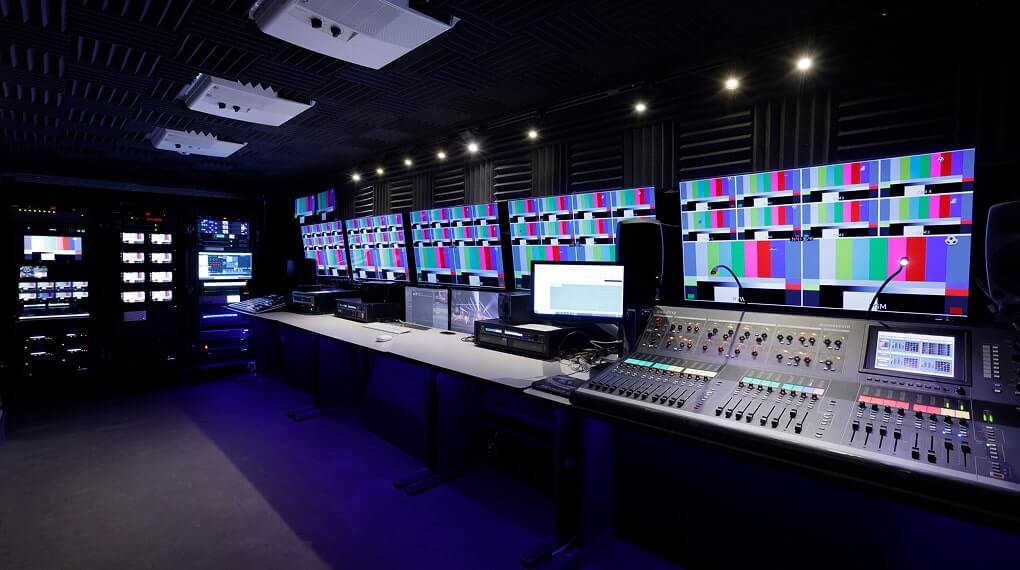
The Fast-Paced, High-Pressure Environment
During an NFL live broadcast from a sports production truck, mistakes are not allowed. Even though the workplace is fast, stressful, and non-stop, it’s exciting and rewarding for those who feel happy working with many others.
Hours before the game begins, everyone starts the countdown. The team tests the equipment, works together with the camera crew, puts all graphics in the system, and checks for sponsors’ content. As soon as the show goes live, all activities in the production truck speed up a lot.
The Director shouts out the directions the crew must carry out. Experts are ready to review the event step by step. Commentators’ sounds and the noise from the crowd are being adjusted at the same time during the game.
Strong emotions develop as important moments, touchdowns, passionate calls, or injuries appear. Due to the matter of life and death, these settings force a fast decision, precise action, and strong unity among teammates. One second of delay can result in erring on the crucial play or airing the wrong content during an important period.
Although it’s stressful, making the show happen in real time is very exciting. Any victory in broadcasting feels like everyone won, since it all happens live. Even if the risks are great, there can be major benefits too.
Then what comes next after the game ends?
There is never any downtime.
After the game, the crew removes equipment, prepares for the next one, and frequently heads to the next destination.
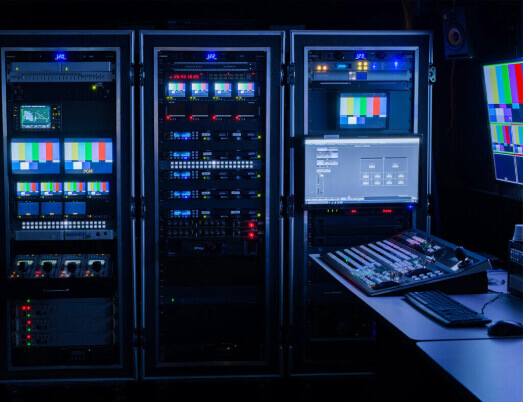
Read more: Why 4K isn’t Just for TV’s
Skystorm’s Sports Production Truck Expertise
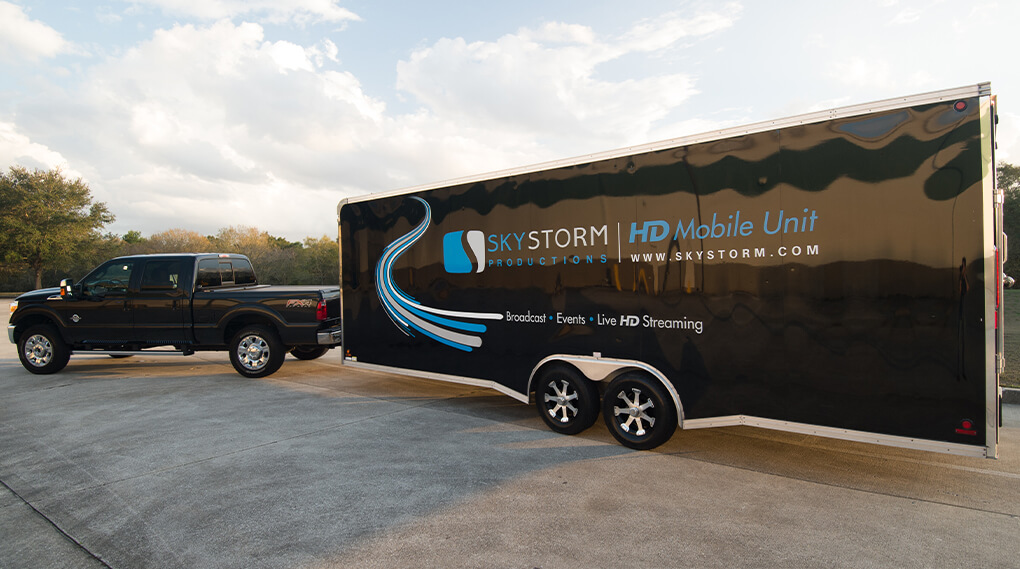
When it comes to mobile production, Skystorm stands at the forefront with its fleet of expertly engineered sports production trucks. Designed for flexibility, performance, and efficiency, these vehicles empower production teams to deliver network-quality content on the move.
Each Skystorm truck is custom-built to support a wide range of sports broadcasts, from regional tournaments to major league events.
Outfitted with cutting-edge cameras, video switchers, replay systems, and integrated audio suites, these trucks are designed to meet the modern demands of live event coverage.
Skystorm’s crew has deep expertise not just in technology but in storytelling. They understand the rhythm of sports broadcasting, the importance of timing, and the need for technical redundancy. When seconds count, Skystorm’s systems and specialists work in perfect harmony.
Clients also benefit from:
- Reliable uplink and signal routing options
- Custom workflow solutions tailored to event size and complexity
- Experienced field engineers and technical directors who provide on-site support
Whether you’re producing a Friday night football game or a nationally televised NFL showdown, Skystorm ensures your production never misses a beat.
Read more: Pioneering Live Event Video Production: The Skystorm Live Story with Robert Miller
Key Takeaways!
While a sports production truck has studio features, it is most importantly the core of every main broadcast. All the unique roles and advanced tools in the truck blend together to give you a smooth experience.
In particular, every NFL game relies on strong teamwork and advanced equipment for it to be flawless.
With experts from Skystorm involved, mobile broadcasters can cover every sport live to the highest standard no matter where it takes place.
